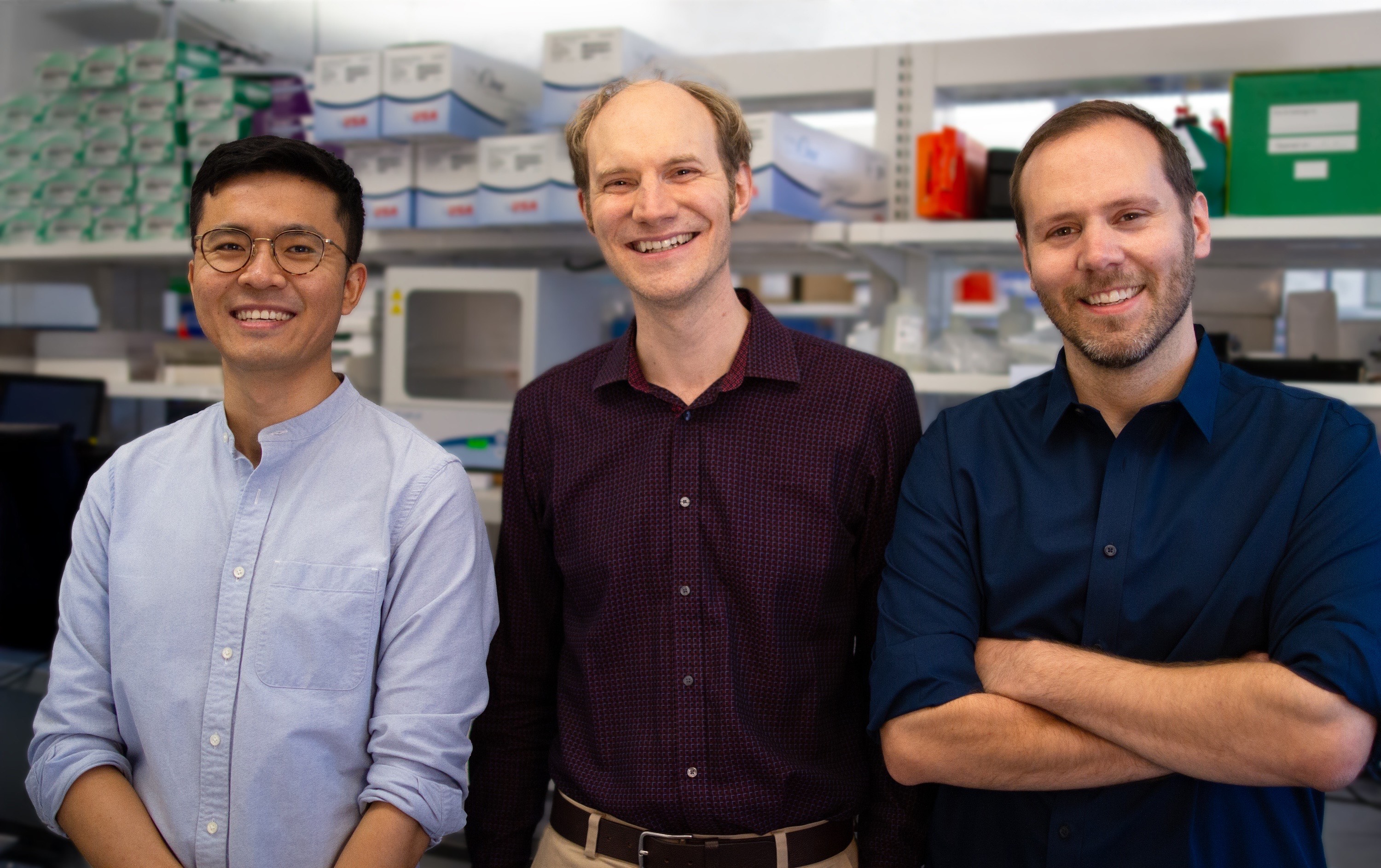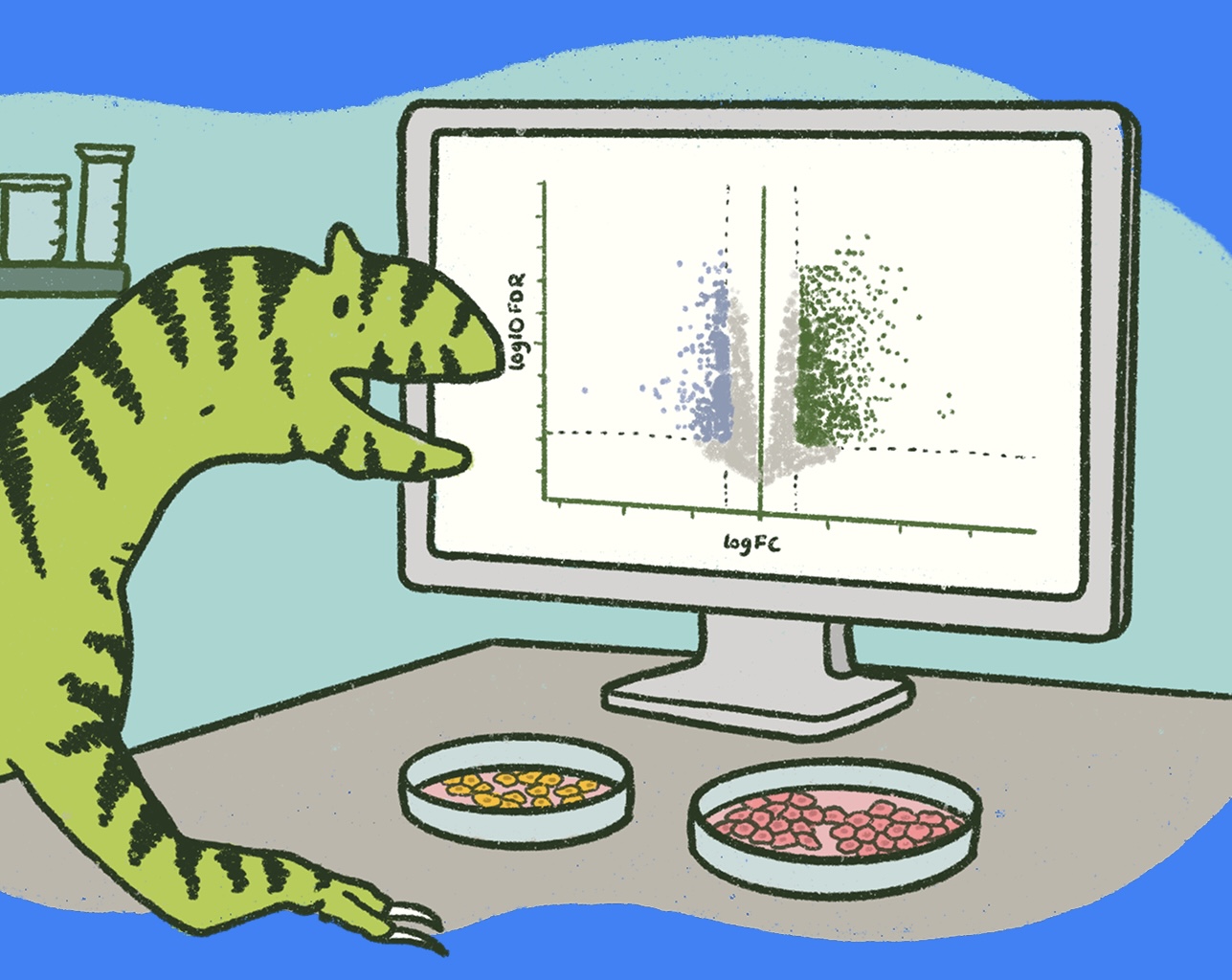Can synthetic biology help Vanderbilt University Medical Center researchers develop therapeutic antibodies in only 90 days?
It seems as though every year there is another story of a virus rampaging through Africa, Asia, or even the Americas. And each time another Ebola outbreak occurs or the flu virus mutates in surprising ways, the conversation about global pandemic preparedness is rekindled. Borders are closed. Flights and cruise ships are cancelled. Images of quarantine tents and healthcare workers in space-like suits fill the news outlets.The frightening truth is that we are woefully unprepared for the next global pandemic -- it takes years for vaccines to be developed, tested for efficacy, and approved for use in humans. Even therapeutic antibodies, which often have more relaxed regulatory measures compared with vaccines, can take years to develop and implement. We desperately need a better, faster solution to ensure that when the next pandemic happens — and it will — the impact on human life and society is limited.The Vanderbilt Vaccine Center (VVC), led by Dr. James Crowe — a global leader in monoclonal antibody development for the treatment and prevention of infectious diseases — is tackling this challenge head-on, racing to drastically reduce the time needed to identify and evaluate highly potent antibodies. Their approach, which relies on bioinformatics and synthetic biology techniques, is also set to tackle one of the biggest hurdles to large-scale antibody-based treatment: delivery. Instead of providing antibodies intravenously, messenger RNA encoding the desired antibody protein will be delivered to patients, transforming their cells into antibody factories.And, the Crowe lab team plans to make all of this feasible in only 60 days.
Work together, work fast
The task may seem audacious, but VVC is not alone in this endeavor. They are collaborating with researchers at Washington University in St. Louis, the Ragon Institute of MGH, MIT, and Harvard in Boston, the Infectious Disease Research Institute in Seattle, and Beth Israel Deaconess Medical Center in Boston to select antibodies, test their anti-viral properties, and optimize and test RNA delivery and in vivo protein expression.All of this is made possible through a five-year cooperative agreement with DARPA worth up to $28 million. The program, officially called the Pandemic Prevention Program (P3) has speed at its core: VVC researchers and their collaborators have four chances — scientific “sprints,” as it were — to produce therapeutic antibodies that healthcare workers on the front line can have access to in only 60 days. Their first sprint, which has a more relaxed timeline of 90 days, began in mid-January and is targeting a familiar foe: the Zika virus. Six weeks in, the VVC team is nearly two weeks ahead of schedule.So, how do they do it?
From donor to patient: How to identify and produce effective therapeutic antibodies
It all starts with donors — to produce large amounts of a highly efficient antibody, you first need to identify the antibody you want to produce. The best way to do that? Find people who have survived a bout with the disease you wish to treat and collect their antibody-expressing memory B-cells. Unglamorous, this is a critical part of the process, and one that is often glossed over, says Robert Carnahan, associate professor of Pediatrics at Vanderbilt University School of Medicine and leader of the VVC Darpa sprint team.“We have two full time people job is to literally scour the planet looking for donors,” he says. For some diseases with a high mortality rate, such as Ebola, this is easier said than done. For the Zika P3 project, all donors were from the US and had contracted the infection while traveling to Central or South America, where the virus was first recognized.

A VVC team member prepares to purify antibody protein to send to collaborators for functional analyses. Image source: Robert Carnahan.
Once donor serum is collected and the target B-cells are isolated, they go into a 10x single cell emulsion device (sold by 10X Genomics), which encapsulates individual B-cells and physically couples the antibody’s heavy and light chain sequences into a single, sequenceable DNA molecule. This is important, says Carnahan, because the antigen targeting domain is located at a specific point at which the heavy and light chains come together.“If you’re just doing next-generation sequencing of B-cells, you can get a whole pool of heavy chain sequences, and you can get a whole pool of light chain sequences, but you don’t know which go with which. You can do a mix and match but that is unlikely to recreate the original, excellent antibody that was selected in the donor,” he explains.This process can produce hundreds or thousands of antibodies, so the team must carefully select which candidate antibodies to follow-up with. A dedicated bioinformatics team searches through antibody families and lineages, perhaps selecting a single antibody from each unique family, or multiple representatives of a single family. Then, the antibody sequences are sent to Twist Bioscience for rapid gene synthesis and cloning.For the Zika P3 project, “ able to synthesize 700 antibody sequences from scratch, clone them into plasmids, and QC them and ship them back to us in nine days, which was pretty amazing,” says Carnahan.

“Manufactured in 9 business days, the first batch of @VUMC_Vaccines genes are ready for shipment. Hard to believe something so small could be a central piece of pandemic readiness. We’re honored to be part of this,” read the Twitter post that accompanied this photo. Source: Twist Bioscience
The team then expresses the plasmids, and using the xCelligence platform, screens the antibodies for their ability to recognize the virus and inhibit the viral infection process in cell culture. This, and other analyses, ultimately bring the candidate pool from hundreds of antibodies to just a handful. These then are purified and sent to collaborators at Washington University and the Ragon Institute to identify which are the most potent of the chosen few.“It’s a big decision at that point,” says Carnahan. “Our fate will be set by what we choose at that moment.” Carnahan and his team should soon find out their fate in the Zika P3 project: just this week they sent 10 candidate anti-Zika antibodies to their collaborators in St. Louis and Boston.
A platform for rapid response
One of the biggest advantages to a rapid pipeline for antibody production is the ability to get ahead of —or at least walk step-in-step with —viral mutation. At times, viruses mutate so fast that vaccines are less effective — or completely ineffective — by the time they reach the market. The ability to produce a therapy within 60 days of a disease outbreak can help scientists get one step ahead of the virus, reducing its prevalence in the population before it has a chance to mutate.And, even if the virus does mutate, the rapid approach the VVC team and colleagues are developing will allow scientists to quickly update existing antibodies — or even create new ones —in relevant time frames. For example, multiple antibodies that recognize different parts of the virus particle could be developed and given serially or in tandem, reducing the rate of mutation. The process could even be used to target bacterial agents of disease, such as anthrax — an important focus of anti-bioterrorism research efforts.

“We love it when a plan comes together! Our very own A-Team of Pavlo and Rachel just confirmed we have potent therapeutic antibody leads against Zika! @DARPA sprint moves on! #vumcdarpasprint” read the Tweet that accompanied this photo. Image source: Robert Carnahan.
Given these advantages, it may seem as though therapeutic antibodies are on track to replace vaccines completely, but Carnahan finds that unlikely. Vaccines will still be more appropriate in some situations, and in others, antibodies may work best given together with vaccines. For example, in pandemic situations, antibodies could provide immediate protection for affected and at-risk individuals, and vaccines, when available, could be given later to provide long-term protection (years instead of months) against disease.
Overcoming regulatory —and ethical —hurdles
But all of this speed means nothing if you cannot get the approval to actually give your antibodies to the people who need them. Producing antibody protein and getting it through the required safety and regulatory restrictions is likely impossible on the pandemic timeline.To get around this, the VUMC team is taking a purely synthetic biology approach: their collaborators at the Infectious Disease Research Institute in Seattle are optimizing a system for delivering messenger RNA encoding the antibodies directly into cells, which then produce the protein using their own native machinery. Large amounts of RNA can be produced in a matter of days (compared to weeks or months for protein expression and purification). It is also hoped that this synthetic production approach, as opposed to the more complex cell-based production of protein antibodies, will provide an expedited safety and regulatory pathway in pandemic settings.
An energizing passion
It’s still unclear how therapeutic antibodies will change infectious disease prevention and pandemic preparedness — but with the work being done by the VVC team and their colleagues, we likely won’t have to wait too long to find out. And, while the story may be inspiring for those of us watching it unfold, it’s equally — if not more — inspiring for those working on the project.“They are several team members that haven’t had a day off in six weeks. But they're completely energized. They know that we're going to do something that we've never done and that nobody has really been able to do exactly the way we're doing it, and not at the speed at which we're doing it,” says Carnahan.They might be just in time to rewrite the story of the next major outbreak.The VUMC team’s first sprint is running from January 14 through April 14, 2019. Follow their progress on Twitter @VUMC_Vaccines or hashtag vumcdarpasprint .



.svg)









.jpg)


.gif)